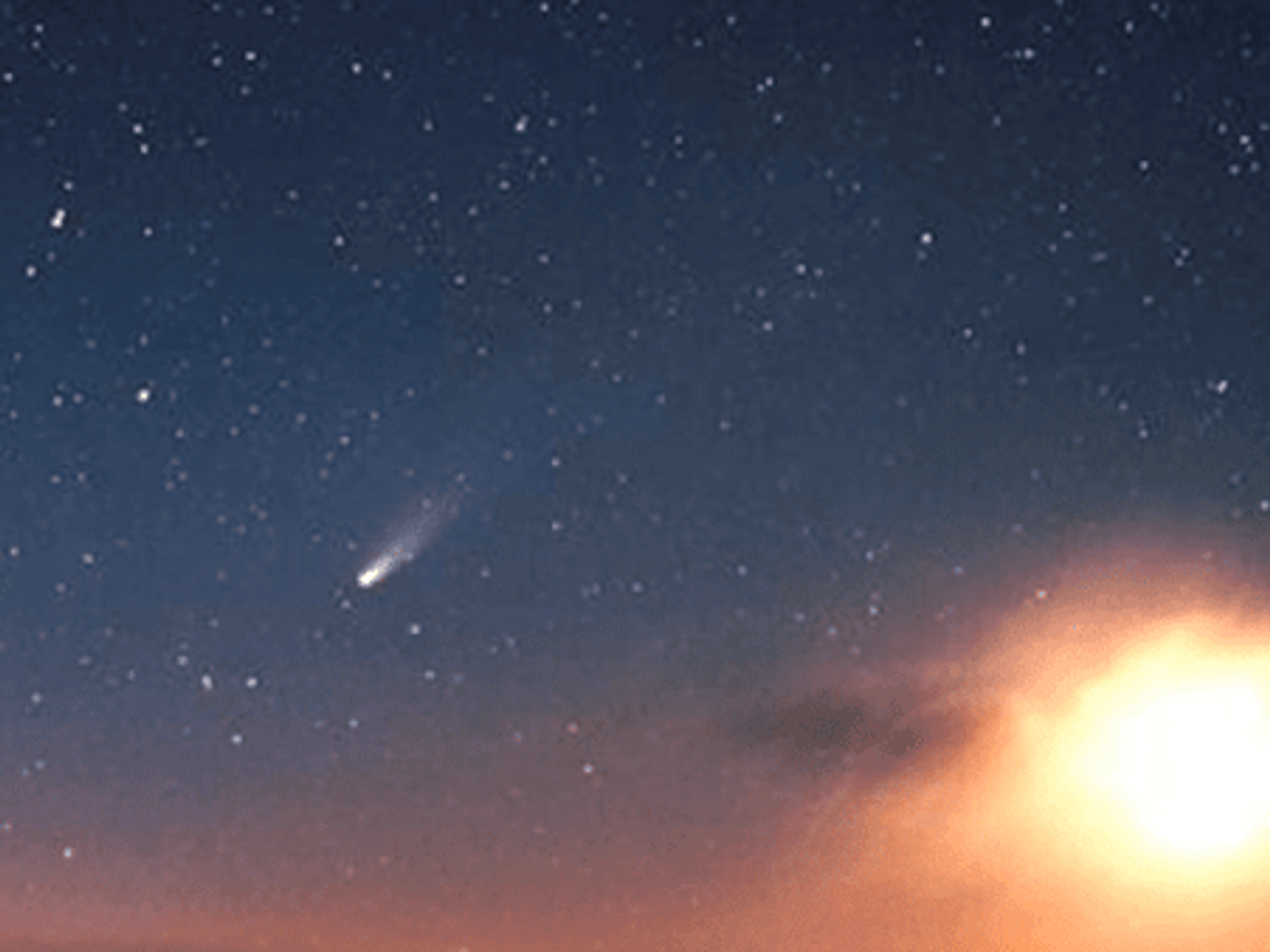Comet News
Comet visible to naked eye crosses Fort Worth skies this week

Skies are busy in October.
Fort Worth has more big things to spy in the sky: two comets coming in October, one of which is an extra-brilliant comet that rarely passes Earth. Both have complicated names.
Comet A3 Tsuchinshan–ATLAS is the first and will start to appear in the evening sky on October 9. According to Space.com, it'll be a little more visible every night through October 12, when the comet comes its closest to Earth. Thereafter, it will move away and will fade rapidly.
Tsuchinshan–ATLAS was only just discovered in early 2023, and it was expected to splinter as it got closer to Earth, but has miraculously stayed intact so that we may see it this week.
This is the comet's closest approach to Earth for more than 80,000 years, making its appearance a once-in-a-lifetime event. According to the Louisville Courier-Journal, some have dubbed it the "comet of the century" because of its long tail and how brightly it might shine.
Best time to see it: Holcomb Observatory and Planetarium in Indiana advises that the best time to see it is from October 10-12, and still visible through October 16, although fading every day. (This contradicts a proclamation by the NYT that the best time to see it is October 9-10, but the NYT is not a great source these days.)
"At this time, Tsuchinshan-ATLAS should be visible in the West just after sunset, and will get higher in the sky with each passing day until it becomes too faint for us to see," says Dr. Aarran Shaw, director of Holcomb Observatory and an astronomy professor at Butler University.
They recommend looking toward the west, right after sunset, to find the constellation Virgo, the second largest constellation in the sky. That's where Tsuchinshan-Atlas should appear.
UPDATE 10-13-2024: Forbes magazine offers first-hand experience, stating that observers in the northern hemisphere can see the comet "about 45 minutes after sunset," by finding a place where you can see low down to the western horizon, where the sun has just set. The comet is "due-west, halfway along a diagonal line between two bright lights in the sky — the planet Venus in the southwest and bright star Arcturus high above west-northwest. Arcturus is the lowest star in the Y-shape of stars in the constellation Boötes. It will be about 4-8 degrees above the western horizon, depending on where you are."
C/2024 S1 (ATLAS) is a second comet newly discovered by astronomers, also making its closest approach to our planet this month and also potentially visible to the naked eye, without a telescope.
Less is known about its size, shape, or orbit. (They speculate that it comes from the Oort Cloud, a reservoir of comets, and probably hasn't been this close to the sun for centuries.)
Initial photos of C/2024 S1 also hint that it has a green glow, said to be a rare color for comets.
It may not survive but if it does, it makes its closest approach to Earth on October 24, with peak visibility between October 24-28.
This exciting comet activity comes days after the Draconid meteor shower – also called the Giacobinids – crossed the sky on October 7-8. Good times for skywatchers.
